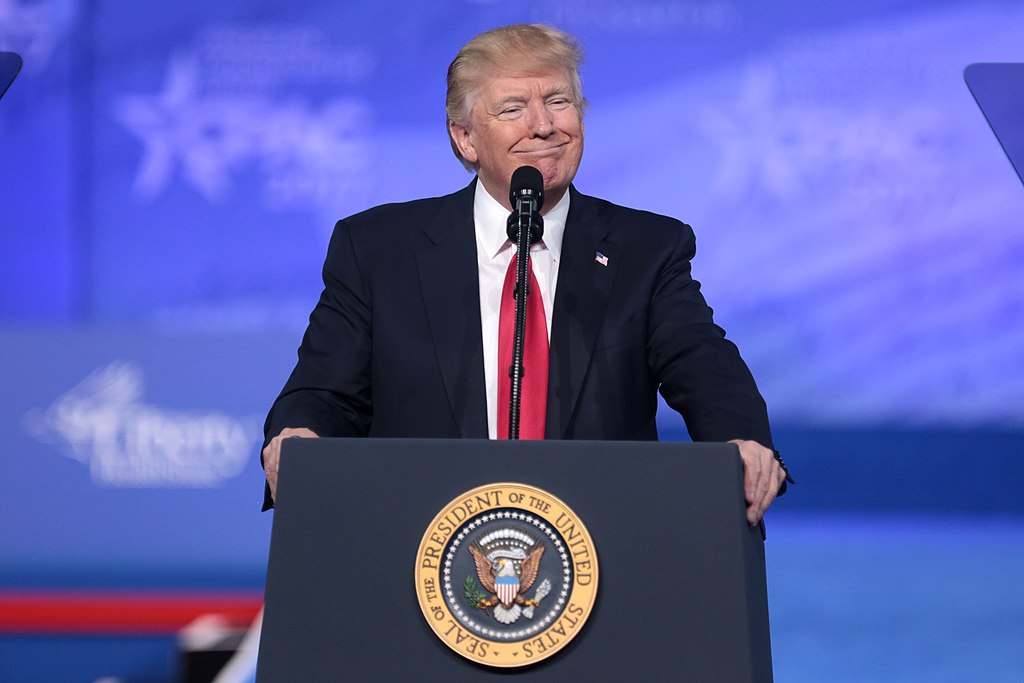President-elect Donald Trump has reignited a long-standing debate by advocating for the abolition of daylight saving time (DST). In a post on his Truth Social platform, Trump called the twice-annual clock changes “inconvenient” and costly, signaling that the Republican Party will push to end the practice during his upcoming administration.
“The Republican Party will use its best efforts to eliminate Daylight Saving Time,” Trump wrote. “It has a small but strong constituency, but shouldn’t!”
This marks the second time Trump has publicly supported altering the current system. In 2019, he tweeted in favor of making daylight saving time permanent, calling the idea “O.K. with me!”
Historical Context and Past Efforts to End DST
Daylight saving time was introduced in the U.S. during World War I as part of the Standard Time Act of 1918. Initially designed to conserve energy and extend the workday, the system was later adopted permanently during World War II. Over the years, its practicality has been questioned, especially as energy consumption patterns have evolved.
Efforts to end DST are not new. Senator Marco Rubio, who has been nominated as Trump’s Secretary of State, championed the Sunshine Protection Act in 2018. The bill proposed making daylight saving time permanent and passed the Senate unanimously in 2022, but it stalled in the House. Rubio reintroduced the measure last year but faced similar roadblocks.
Health and Public Opinion on Time Changes
The debate over DST extends beyond policy, touching on public health concerns. Organizations like the American Medical Association and the American Academy of Sleep Medicine argue that abolishing the time changes could benefit human biology. According to these groups, the disruption to sleep cycles caused by switching clocks can lead to health issues, including fatigue and stress.
Public opinion also reflects dissatisfaction with the current system. A 2021 poll by the AP-NORC Center for Public Affairs Research found that 75% of Americans oppose the clock changes. However, opinions diverge on what system to adopt: 43% support permanent standard time, while 32% favor permanent daylight saving time. Only 25% prefer the current biannual changes.
Public Reaction to Trump’s Proposal
Trump’s statement has ignited lively discussions on social media, with netizens voicing both support and skepticism:
- @TimeReformer: "Finally, someone with the courage to take on daylight saving time! Let’s end this madness once and for all."
- @HealthMatters2024: "Switching clocks is a health hazard. Trump is right—DST has outlived its usefulness."
- @PolicyRealist: "This is a distraction from real issues. Fix the economy, not the clocks!"
- @MAGA4Change: "Another win for common sense! Trump is standing up for everyday Americans."
- @SleepScienceAdvocate: "Science agrees—ending DST is better for our health and well-being. Let’s hope this gains traction."
- @NeutralObserver: "Interesting proposal, but will Congress actually pass it? Let’s wait and see."
A Long Road Ahead
While Trump’s support could reignite momentum for ending daylight saving time, passing legislation remains a challenge. With divided public opinion and unresolved debates in Congress, it remains uncertain whether this long-debated policy shift will succeed during Trump’s presidency.



 New Orleans Immigration Crackdown Sparks Fear as Federal Arrests Intensify
New Orleans Immigration Crackdown Sparks Fear as Federal Arrests Intensify  Trump Claims He Will Void Biden Documents Signed with Autopen
Trump Claims He Will Void Biden Documents Signed with Autopen  Taiwan Signals Openness to Renew Ties with Honduras as Election Unfolds
Taiwan Signals Openness to Renew Ties with Honduras as Election Unfolds  Drones Spotted Near Zelenskiy’s Flight Path in Ireland Trigger Security Alert
Drones Spotted Near Zelenskiy’s Flight Path in Ireland Trigger Security Alert  Australia Progresses AUKUS Review as U.S. Affirms Strong Support
Australia Progresses AUKUS Review as U.S. Affirms Strong Support  UN Chief Says Gaza Operation “Fundamentally Wrong” as Concerns Over War Crimes Grow
UN Chief Says Gaza Operation “Fundamentally Wrong” as Concerns Over War Crimes Grow  Cuba Reaffirms Anti-Drug Cooperation as Tensions Rise in the Caribbean
Cuba Reaffirms Anti-Drug Cooperation as Tensions Rise in the Caribbean  U.S.–Russia Peace Talks Stall as Kremlin Rejects Key Proposals
U.S.–Russia Peace Talks Stall as Kremlin Rejects Key Proposals  Trump and Lula Discuss Trade, Sanctions, and Security in “Productive” Phone Call
Trump and Lula Discuss Trade, Sanctions, and Security in “Productive” Phone Call  U.S.-Russia Talks Leave Ukraine Peace Efforts Uncertain
U.S.-Russia Talks Leave Ukraine Peace Efforts Uncertain  Trump Administration Halts Immigration, Green Card, and Citizenship Processing for 19 Countries
Trump Administration Halts Immigration, Green Card, and Citizenship Processing for 19 Countries  IMF Deputy Dan Katz Visits China as Key Economic Review Nears
IMF Deputy Dan Katz Visits China as Key Economic Review Nears  China Urged to Prioritize Economy Over Territorial Ambitions, Says Taiwan’s President Lai
China Urged to Prioritize Economy Over Territorial Ambitions, Says Taiwan’s President Lai  Trump’s Name Appears on U.S. Institute of Peace Ahead of Rwanda–Congo Deal Signing
Trump’s Name Appears on U.S. Institute of Peace Ahead of Rwanda–Congo Deal Signing  Maduro Confirms “Respectful” Call With Trump, Signals Openness to Diplomatic Dialogue
Maduro Confirms “Respectful” Call With Trump, Signals Openness to Diplomatic Dialogue  Putin Concludes High-Level Talks With Trump Envoy on Ending Ukraine Conflict
Putin Concludes High-Level Talks With Trump Envoy on Ending Ukraine Conflict  Trump Pardons Former Honduran President Juan Orlando Hernández in Controversial Move
Trump Pardons Former Honduran President Juan Orlando Hernández in Controversial Move 



























